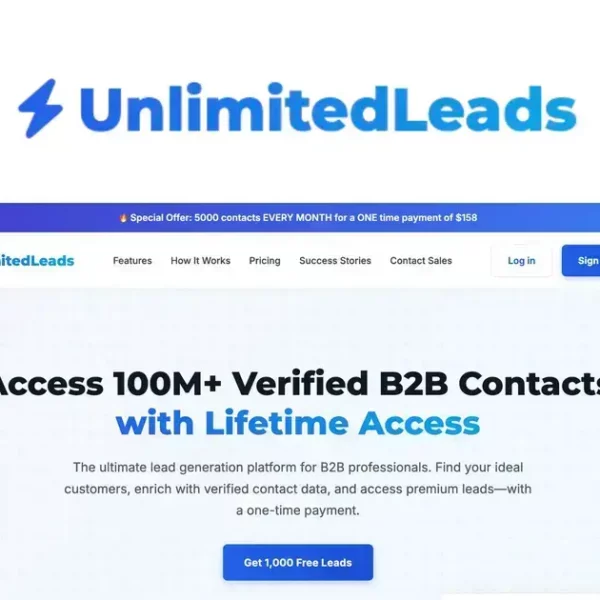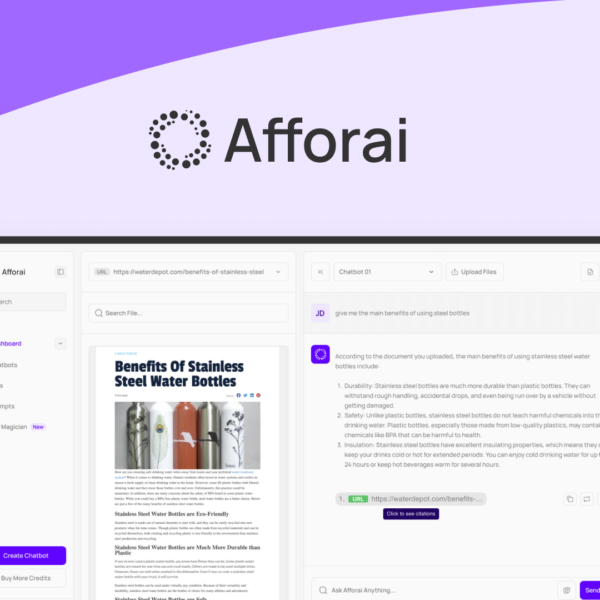SaaS products have revolutionized how businesses operate, providing essential services for growth and efficiency. But with so many choices available, how do you pick the right ones that will stand the test of time? Let’s dive in!
Do Your Homework on the Developer
Before you commit to a SaaS product, it’s important to do your homework on the developer. This step can save you time and frustration later. Start by checking their website to see what information they share about their product.
Look for details on their company history. A solid track record indicates stability. Find out how long they’ve been in business. New companies may seem exciting, but established ones have more proven service and support.
Read reviews from current users. These insights can reveal strengths and weaknesses. Websites like G2 and Capterra are great places to look for genuine user feedback.
Consider their customer service options too. Are there multiple ways to reach support? A good company should offer help through live chat, email, and phone. This makes it easier for you when you need assistance.
Also, check if they have a user community or forum. This can be a valuable resource for problems and tips. Seeing an active community is often a sign that many people trust their service.
Check Recent Feature Releases

When considering a SaaS product, it’s crucial to check their recent feature releases. This can tell you a lot about how active and responsive the company is. Look at what features they launched recently. New updates often show that they are innovating and listening to users.
Tracking feature releases can also help you see if they align with your needs. If you notice updates that improve efficiency or address pain points, that’s a positive sign. Companies that continually improve their products are more likely to meet your long-term needs.
Visit their product blog or updates section. Many companies share detailed notes on what’s new and why they made those changes. This transparency can help you understand their vision and priorities.
You might also want to look for customer feedback on these features. See if users are happy with recent updates. Positive feedback suggests the company supports its product well. Some sites collect user reviews on specific features, which can be quite telling.
Staying updated on these releases allows you to evaluate how the product evolves over time. This insight can play a big role in your decision to choose the right SaaS product for you.
Review Their Development Roadmap
Reviewing the development roadmap of a SaaS product is essential when making your choice. This roadmap shows the future of the product and what users can expect. Start by checking if the company shares their roadmap publicly. A clear roadmap indicates transparency and trust.
Look for details on upcoming features and enhancements. Are they planning major updates to improve user experience? Understanding their priorities can help you decide if they align with your business needs.
It’s also useful to see how often they update their roadmap. Regular updates suggest ongoing support and development. This means the company is committed to improving their product over time.
Consider if the roadmap addresses common user requests. If you notice features that users frequently ask for, that’s a good sign. It shows that the company listens to its users and adapts based on feedback.
Finally, check for any timelines provided. Knowing when to expect new features can help you plan effectively. This foresight is key for choosing a product that will grow alongside your business.
Engage with Customer Support

Engaging with customer support is vital when choosing a SaaS product. Good support can make a big difference in your overall experience. Start by checking how easy it is to reach out for help. Look for multiple contact methods like chat, email, and phone support.
When you reach out, note how quickly they respond. Fast replies are a good sign of strong customer service. It shows they value your time and need. Test their response by asking specific questions about their product.
Ask about common issues you might face. If they have ready answers, it indicates they know their product well. Additionally, check if they have a knowledge base or FAQs. A solid self-service option can be very helpful in finding quick answers.
Consider their support availability. Are representatives available 24/7? This is especially important for businesses that operate at all hours. Knowing you can get help when you need it can ease a lot of worries.
Lastly, look for reviews about their customer support. See what other users say about their experiences. Positive reviews can give you confidence that you’ll be well taken care of.
Assess Current and Future Needs
Assessing your current and future needs is key when choosing a SaaS product. Start by listing the features you need right now. Think about the tasks that are vital for your business. Consider how often you use these features and how they impact your daily operations.
Next, think about your future goals. Where do you see your business in a year or two? Will you be expanding your team or adding new functionality? Identify features that could help you grow. This foresight can shape your choice effectively.
Discuss these needs with your team. Getting feedback can uncover needs you might overlook. Your team’s input is valuable as they use the software daily. Make sure everyone’s expectations align with the product you choose.
Also, consider integrating with other tools. Can the SaaS product connect with existing systems? Compatibility can save you time and effort when transitioning to new software.
Finally, don’t forget to revisit your needs regularly. Your business will evolve, and so will its requirements. A SaaS product should adapt alongside you, not leave you in the past.




